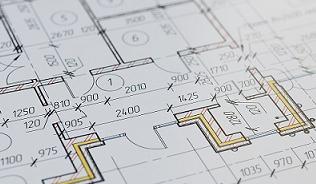The air quality management system was introduced into the UK in 1996. Sufficient time has passed therefore to allow the Institute of Air Quality Management (IAQM) to review whether it is working properly. Presentations from their meeting helding on the 18 April 2012 are now available on the IES and IAQM websites.
Three of the presentations reviewed the progress of local air quality management up to the present day. This was followed by a fourth presentation, which led into discussion amongst the IAQM members attending the meeting of possible policy responses to improve the effectiveness of the system. Revision of the system will not be settled in one afternoon’s discussion, but the IAQM volunteered to contribute to further considerations of ways of improving the system.
Climate change has assumed much greater importance in the UK since the air quality management system came into operation. Simon Baldwin (now working in the Sustainability and Environmental Evidence Division at the Welsh Government) investigated and compared the frameworks for managing air quality and climate change amongst local authorities as part of his PhD at the University of the West of England. His work focused on South West England and found room for much better coordination of the two systems.
Jo Barnes from the University of the West of England reviewed how the air quality management system worked, and found that local authority responsibilities were muddled. Local authorities are required to work towards meeting air quality objectives but have no regulatory powers to influence air quality with “no direct control of the source of exceedence, e.g. transport”.
Steve Moorcroft from Air Quality Consultants reported on a study of action plans, which was commissioned by Defra, and is soon to be published. He found that action plans lacked quantification of proposed measures.
Thus the three reviews suggested there was considerable room for improving the present arrangements. In retrospect one has to acknowledge that expectations when air quality management was introduced to the UK were very different, with only a few air quality management designations anticipated. The growth in diesel cars in the vehicle fleet and the under-performance of Euro standard emission control measures for diesels on the road, are just two of the developments which were not expected.
Finally Emily Connolly and Robert Vaughan from the Atmosphere and Local Environment Programme at Defra discussed where we could go from here. This was in the context of other environmental policy developments, such as the move to simplify regulation and the priority given to measures to reduce greenhouse gas emissions. The focus should now be away from air quality review and assessment towards compliance with air quality limit values.
As part of the discussion a number of policy options were considered. These included (1) requiring the achievement of limit values to be integral to planning and transport policy systems, (2) relying on EU obligations to ensure limit values were met, and (3) further initiatives to strengthen action plans. It was recognised that it was difficult to enforce the softer air quality management measures, such as public engagement to encourage behavioural change, but the air quality management system has, over the years, had the major benefit of raising air quality concerns, which otherwise would not have been considered.


